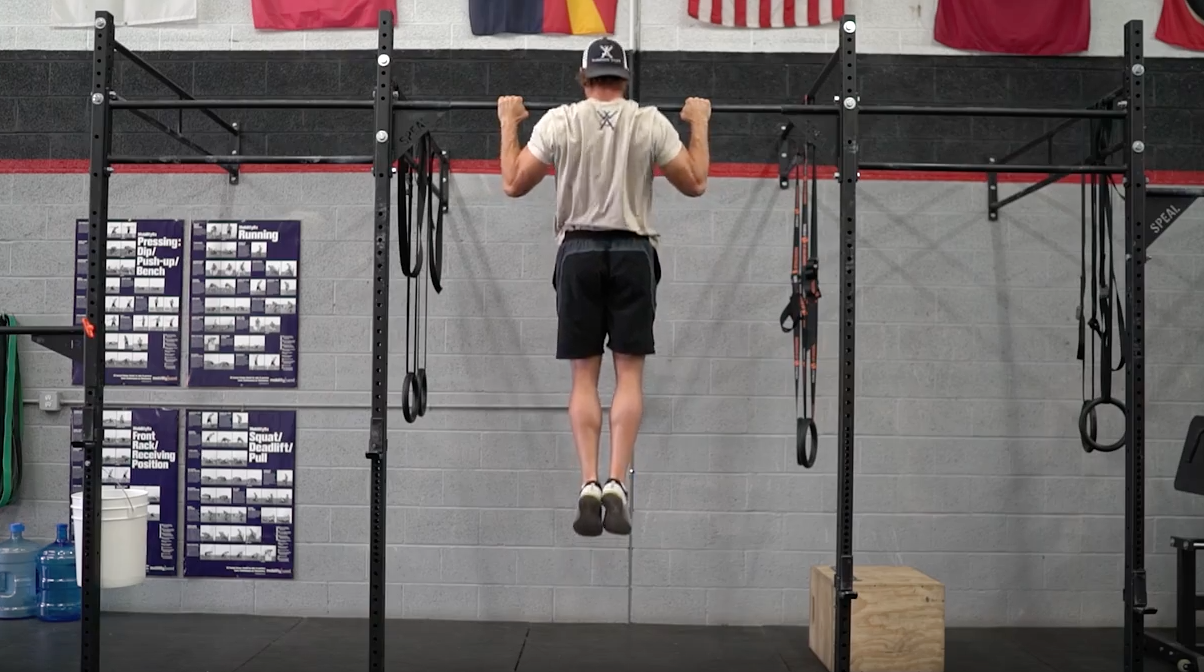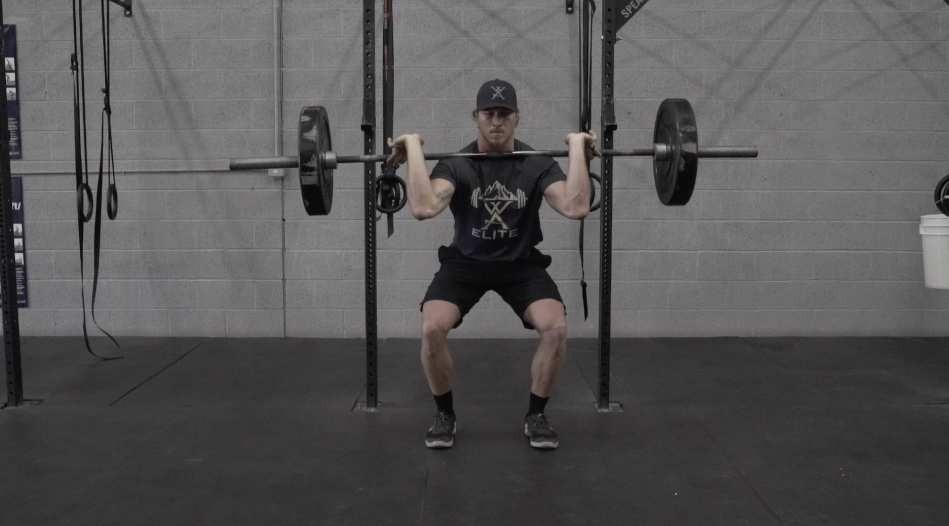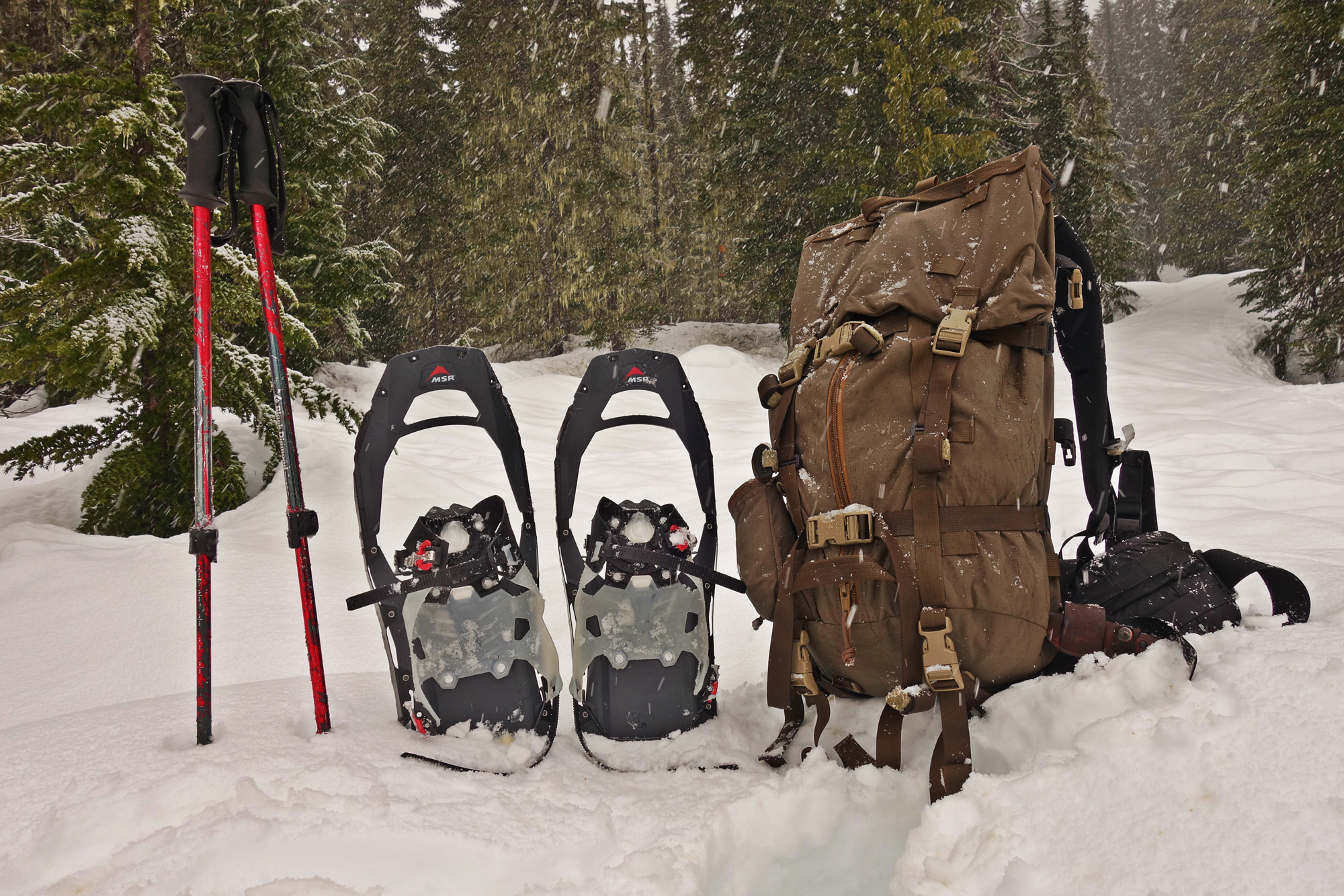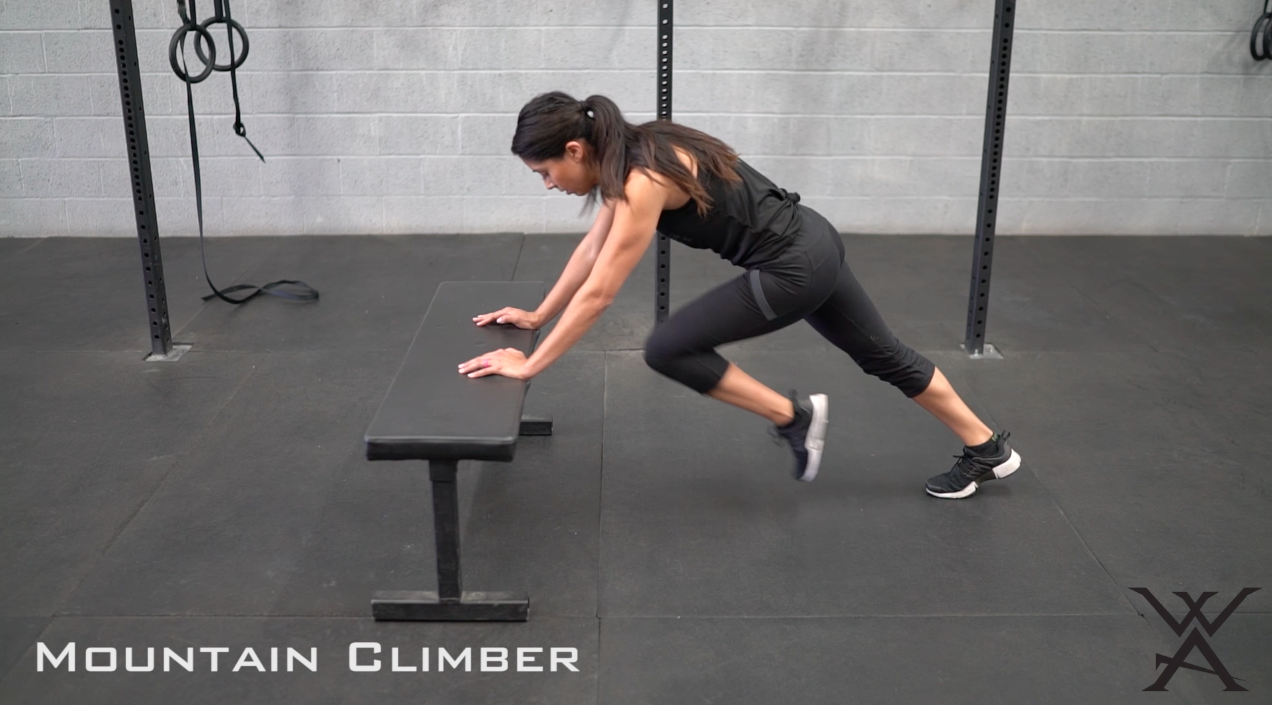Pull-Up Fundamentals
If I were to choose my favorite exercise for overall upper body strength the pull-up would easily be my first choice. The pull-up can be considered the “Upper Body Squat”, because of its superior muscle building qualities and its ability to develop high levels of functional strength. The pull-up is a great way to measure upperbody strength and because of this many elite police organizations, Special Forces, and SWAT teams, require a minimum number of pull-ups to be performed by all candidates.
Now that we know how great of a workout pull-ups can be we need to first start with proper form. Many people do not have the motor control or strength to initiate a strict pull-up. Those who lack the strength to perform a strict pull-up start by crossing their legs, throwing their head back, and driving their chest to the bar. This form does not allow the athlete to use their full range of motion in their shoulders. The problem with this technique is that it makes it impossible to engage your glutes and set your ribcage over your pelvis, putting you into an overextended position. This puts unnecessary stress on your lower back and shoulders.
TIPS
How to execute a pull-up:
Our first goal is to create and maintain a rigid spine and stable shoulders. Proper torque can be achieved with correct form.
1) Your grip should be a little wider than your shoulders. Your hands will be placed on the bar so that it puts your shoulders in an externally rotated position. This will allow for maximum torque. Having your entire pinky positioned over the bar is a good goal. The hook grip, like we saw on the Deadlift is also a great tool for assessing overhead range of motion. Start with arms straight, with your armpits forward and your shoulders positioned to the back of their sockets.
2. Make sure to brace your trunk, squeeze your glutes tight and pull your ribcage down. During the entire movement keep your legs straight and together (not crossed).
3. Keeping your core engaged, pull yourself up while keeping your head looking straight forward, stay away from looking at the ceiling. Pull all the way up so that your chin goes above the bar. Remember to keep your core engaged the entire time.
4. As you lower yourself down, nothing should change in your form, and your body should finish the way that you started the movement. The movement ends when your arms become straight.
Begin by starting slow. Many of you may not be able to do a strict pull-up at first, so starting with an assistance band, partner, or negatives are a good way to gain strength and keep proper form.
The pull-up is the ultimate upper-body functional movement that will help you in all activities of daily living and will help you Stay Wild.






